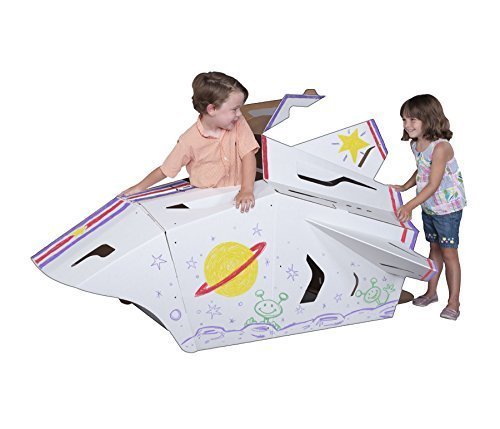sources: 1 / 2 / 3 / 4 / 5 / 6 / 7 / 8 / 9 / 10 / 11 /12 / 13 / 14 / 15 /16 / 17 / 18 /19 /20 / 21 / 22 / 23 / 24
Modeled after our popular post on Safer Bath Toys, we’ve put together a list of BPA free, PVC free and phthalate free sand and water toys. These are the toys we would (and do!) buy our own kids.
American Plastic Toys – They tell me that all of their toys are BPA free, PVC free and phthalate free. Both the 10 Piece Spring Value Set and the Sand and Water Wheel are perfect beach toys. For toddlers, the Water Wheel Play Table is great for summer in your backyard.
Green Toys – Always a winner in the safe toys department. This Sand Play Set and Watering Can are perfect for the beach. I like the Scooper Vehicle for digging in the dirt and sand.
Haba – These are some of my favorite beach toys and all of the Haba plastic toys are BPA free, PVC free and phthalate free. The Sand Bucket Scooter, Sand-Water Measuring Jug, Sand-Water Rake and Sand Trowel are just the basics for sand and water play.The Caterpillar Digger, Sand Drill and Sieve Roller are unique and inexpensive.
Hape – Committed to safety for kids and environmentally friendly, Hape toys are constructed with formaldehyde-free wood and glue and use no chemicals in their wood drying process. They use non-toxic water based paint from Germany and are packaged in recycled paper using soy ink. My top pick for inexpensive and safe beach toys is the Hape 4 piece Beach Basics Kit which includes a bucket, sifter, rake and shovel for less than $8. The Sand & Sun Driller and Sand & Sun Grabber are great for digging in the sand, and working on fine motor skills. To perfect a sand castle, I like these sand molds: Great Castle Walls, Bricklayer Set and Brick Sand Roller.
Moluk – I think the Mini Bilibos is the perfect water and sand toy. Super versatile, it’s great for scooping, digging and carrying.
Quut Beach Toys – One of my favorite brands, all of their toys are BPA free, PVC, latex and phthalate free and to make it that much better, they are recyclable. The Scoppi is an award-winning shovel and sifter in one. I also like the Ballo Beach Bucket because it makes carrying water so much easier on a kiddo, really smart design.
Spielstabil – Made in Germany, all toys are free of PVC, BPA and phthalates. LOTS of options from this company. The Watering Can or Sand Pail is a classic but I also love the unique Water Pump, Castle Set in a Bag and the Water Fun Set.
Zoe b Organic – This biodegradable and made in the USA bath and beach toy set is also one of my favorites. Also free of BPA, PVC and phthalates.
![]() Want to save this list for future shopping? Save it to Evernote or Pin the post to your Pinterest boards or Save to Pocket!
Want to save this list for future shopping? Save it to Evernote or Pin the post to your Pinterest boards or Save to Pocket!












